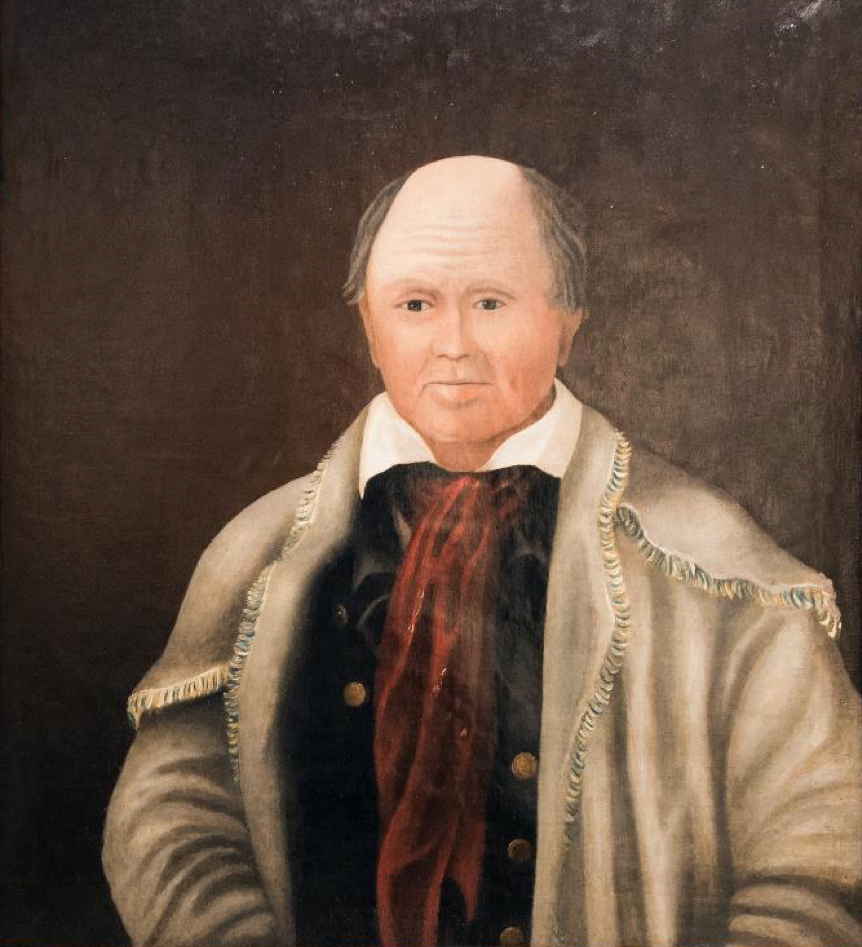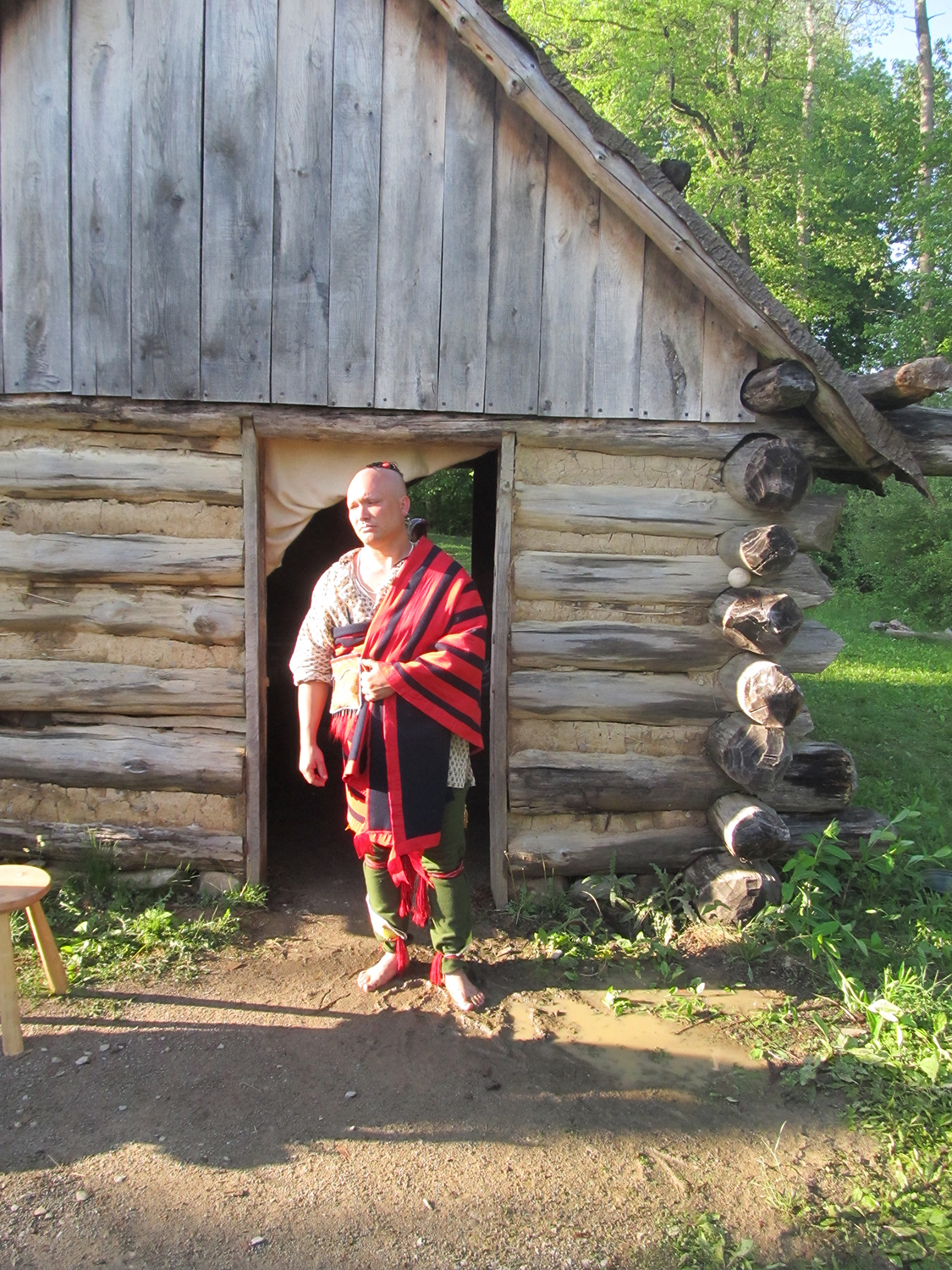
James Smith’s Indian captivity narrative is a great look into life in the Ohio country in the 1750s. A large portion of his stories revolve around the several winters he lived among his adoptive family. Although where he stayed each winter differs, it echoes other descriptions of life among American Indians in the Ohio country.
Beginning sometime in October, Smith would travel with one of his older brothers and their families away from the main village. The main transportation method was by canoe along the rivers and the shores of Lake Erie. The clothing he describes as having is very typical of the time: a breechclout, leggings, moccasins, shirt, and blanket. A tomahawk and gun, sometimes replaced by a bow, were the only tools readily available to Smith for the tasks at hand. When they reached their destination, estimated by one family member to be 40 miles from anyone, they buried their canoe and established a camp.
The camp was a stationary point from which hunting parties could travel. The main camp consisted of either a cabin or round structures covered with mats, which Smith called tents. Women and children tended to these camps as various hunting parties were sent out for food and furs. When available, they collected foods like wild cranberries and nuts. Dried corn was the only food they brought with them.
The first winter, the party concentrated on hunting bears and raccoons. They would trade the hides and furs from these animals in the spring for new goods. They consumed the meat and rendered the bears’ fat into oil. They used the bears’ oil in cooking and saved large quantities to take back to the main villages in the spring. The next several winters primarily focused on the trapping and hunting of beaver.

Late December through January seemed to be the hardest and leanest of times. Multiple times in his writings, Smith mentions getting caught out in snowstorms and being unable to make it back to the main camp. He survived nights by either camping in a hollow tree or staying up all night dancing around for warmth. Food became scarce closer to camp during these times as well. The hard-frozen ground made it hard to stay quiet while hunting, forcing Smith and his family to resort to boiling leftover bones at times for nourishment.
By late February, the women of the camps would tend to the production of maple sugar by either boiling it down or freezing off the water at night. By March, the bears’ oil, maple sugar, hides, and furs were loaded–either on horse or the backs of the parties—and hauled back to the buried canoes. After packing their wares, they began to make their way along the Great Lakes to the nearest trader to sell the furs and get the supplies necessary for the next year. Ideally, they would then return to their village in time for corn to be planted.
Justin Meinert is the living history program coordinator at the Fort Pitt Museum.
